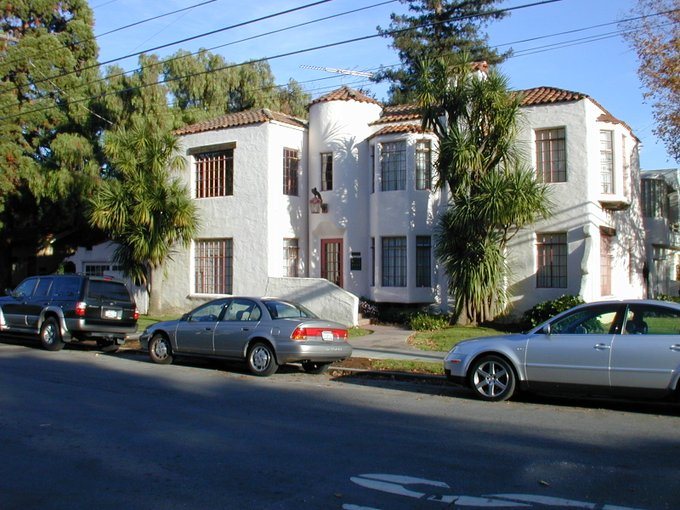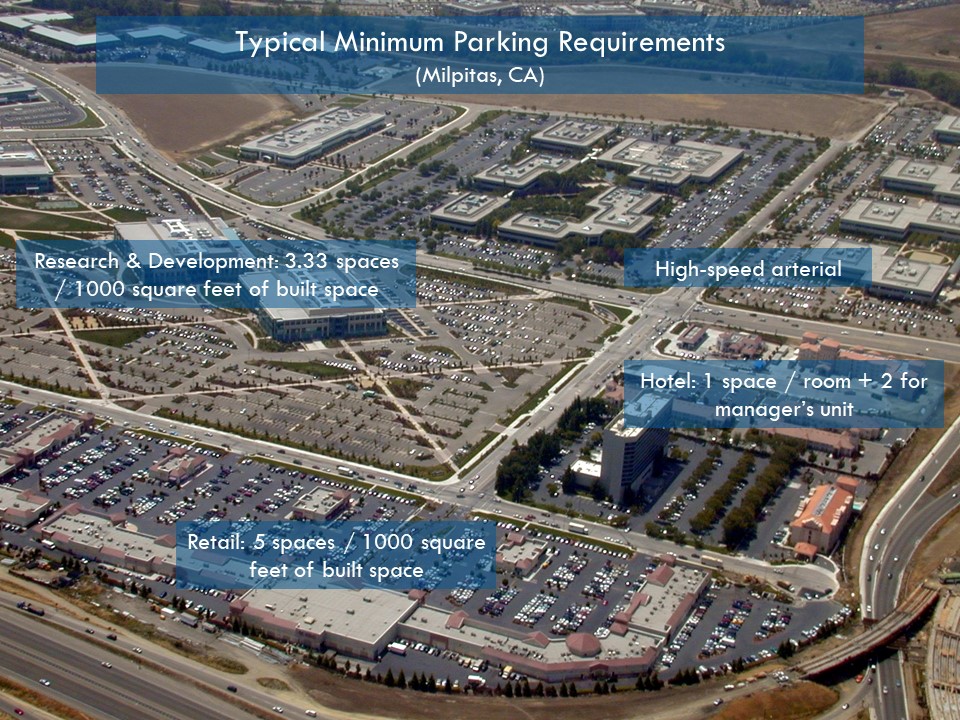
For centuries, Americans built compact, walkable, neighborhoods. They provide affordable shelter & let us meet many daily needs without getting in a car. They're a great American tradition
Today, we took a big step toward making that tradition legal again
qz.com/2052284/califo…
Today, we took a big step toward making that tradition legal again
qz.com/2052284/califo…
Here’s a traditional fourplex at 203 Bryant St, #PaloAlto. It’s on a 5000 sf lot. That’s 35 homes per net residential acre. At that level of compactness, people walk a lot more & drive a lot less.
This is the kind of traditional American housing that #SB9 will make legal again.

This is the kind of traditional American housing that #SB9 will make legal again.


As the @SierraClub’s John Holtzclaw explains, “This study suggests the following actions to reduce our dependence on the automobile, afford us more transportation options, reduce congestion buildup and reduce air pollution:…”
Source for graphic & quote: sierraclub.org/sites/www.sier…
Source for graphic & quote: sierraclub.org/sites/www.sier…

“…1. reform our restrictive (big government) zoning policies in residential & commercial areas to
allow higher residential densities, eliminate front- and side-yard setbacks & off-street parking
requirements, narrow roadways, & promote neighborhood commerce.”
#SB9 will help!

allow higher residential densities, eliminate front- and side-yard setbacks & off-street parking
requirements, narrow roadways, & promote neighborhood commerce.”
#SB9 will help!


• • •
Missing some Tweet in this thread? You can try to
force a refresh


























